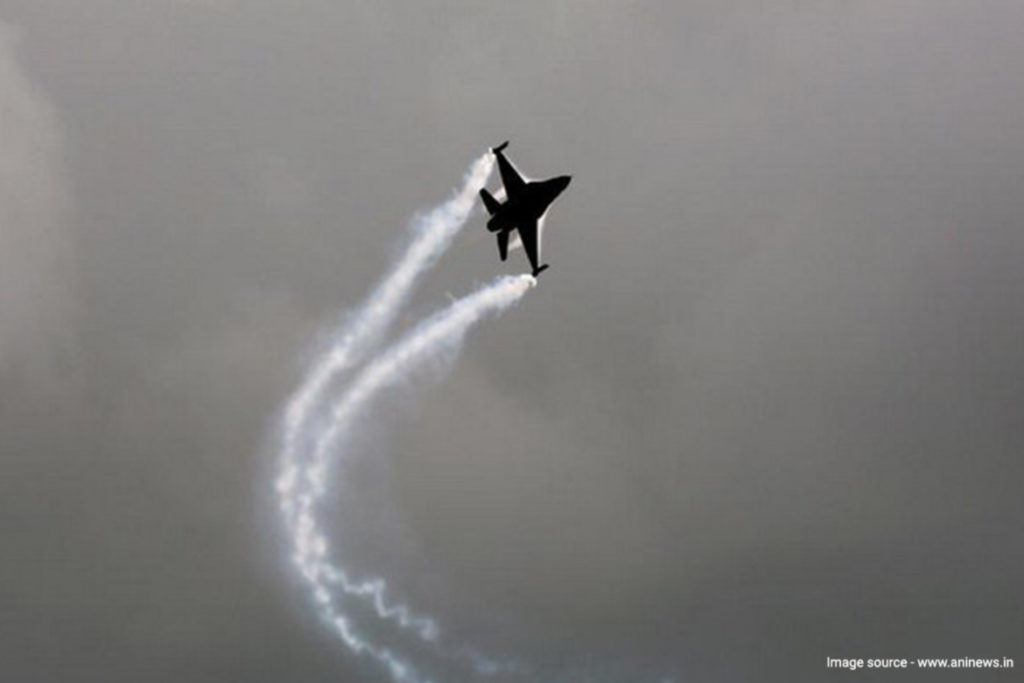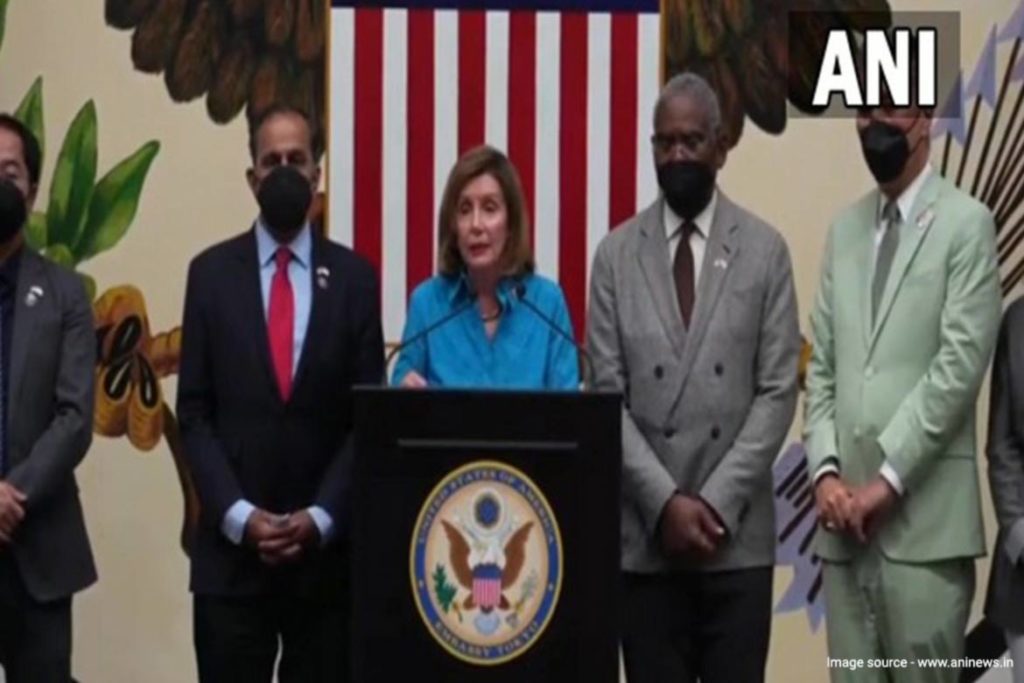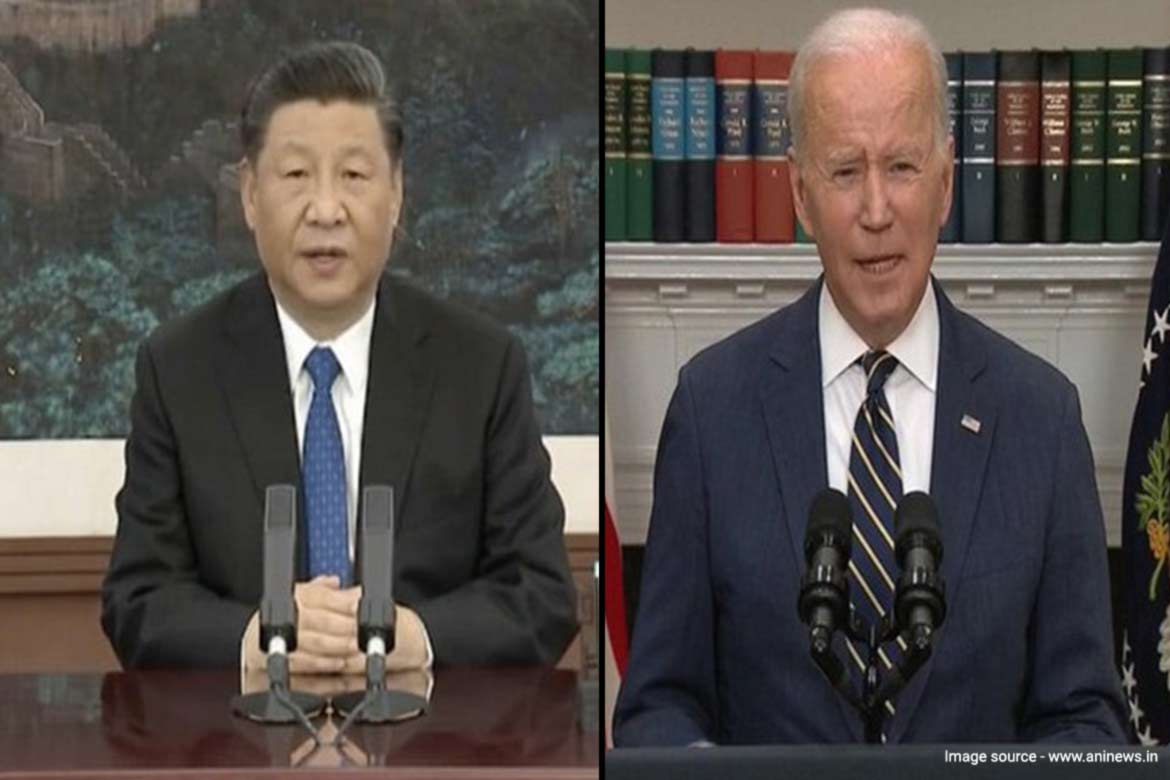The recent trip to Taiwan by US Speaker Nancy Pelosi did not go over well in China. China’s perception of Taiwan as a breakaway province has led to significant conflict between the US and China.
China has always asserted its sovereignty over Taiwan, which sees itself as a separate country. Although Washington has approved legislation stating that the US will support Taiwan in its self-defense measures, Taiwan still views the US as its strongest ally. The recent event has further simmered geopolitics. So, it becomes important for us to understand the issue and where India sees itself on the Taiwan issue.
East Asia is the home of Taiwan, often known as the “Republic of China.” At the confluence of the East and South China Seas in the northwest Pacific Ocean, it is the largest land area between Japan and the Philippines.
Taiwan is known for producing semiconductors, and Taiwan plays a significant role in the worldwide semiconductor supply chain. Over 60% of all revenue from semiconductors in the world was generated by Taiwan’s contract manufacturers in 2021.
Only 13 nations at the moment, together with the Vatican, recognise Taiwan as a sovereign state.
Contention over One China Policy:

The People’s Republic of China (PRC) upholds the idea of “one China,” according to which Taiwan is seen as an integral part of China, with Beijing acting as its only lawful capital.
The US acknowledges the doctrine’s viewpoint but does not necessarily support its legitimacy.
The People’s Republic of China was and still is sole China, according to US policy, which does not recognise the Republic of China (ROC, Taiwan) as a distinct sovereign state.
However, the US also refused to give in to the PRC’s demands that Taiwan is recognised as Chinese territory.
Both countries have vested interests in Taiwan:
Taiwan and China’s economies are closely related. China is Taiwan’s top export partner, with $515 billion in exports from 2017 to 2022. The US, which has over half the export value of China, is its second-largest partner.
Since the nationalists were expelled from the other islands during the Chinese Revolution of 1949, Beijing has claimed Taiwan, which is closer to the Chinese mainland than the other islands.
On the other hand, A chain of islands called Taiwan is home to numerous US allies. In order to resist China’s expansionist intentions, America intends to use these locations. Despite not having formal diplomatic ties with Taiwan, the US is required by the Taiwan Relations Act of 1979 to give Taiwan the ability to defend itself. It is Taiwan’s top supplier of weapons and practises “strategic ambiguity.”
The strategic location of Taiwan:

Read more: World Panorama: Top 10 International News Of This Week
The Kuril Islands, the Japanese Archipelago, the Ryukyu Islands, Taiwan, the northwest Philippines, and Borneo are all part of the First Island Chain.
The range acts as the maritime border between the East China Sea, the Philippine Sea, the South China Sea, and the Sulu Sea while also acting as the first line of defence. This range has two crucial chokepoints for China, the Bashi Channel and the Miyako Strait.
The United States developed the “Island Chain Strategy,” in the 1940s as a means of containing Chinese and Soviet Union maritime aspirations.
Indo-Taiwan relations:
India aspires to expand its collaboration with Taiwan in commerce and investment, as well as in the domains of science and technology, environmental concerns, and people-to-people exchanges, as part of its “Act East” foreign strategy. For instance, the New Delhi-based Taiwan Economic and Cultural Center (TECC) and the India-Taipei Association (ITA) act as bridges between the two.
Although there are no formal diplomatic ties between India and Taiwan, the two countries have kept representative offices in each other’s capitals since 1995. These offices serve as proximate embassies.
India’s position on Taiwan
Since 1949, India has followed the “One China” policy, which acknowledges Tibet and Taiwan as being a part of China. However, India has been utilising this policy for diplomatic purposes, arguing that if India supports the “One China” policy, then China should support the “One India” policy as well.
Since 2010, India has stopped referencing allegiance to the “One China” policy in joint statements and official papers, but due to the nature of its relationship with China, India’s involvement with Taiwan has remained constrained.
Additionally, much as China is not adhering to the “One India” policy, India may decide to reevaluate the “One China” policy and divide its connections with Taiwan from those with the mainland. In Pakistan Occupied Kashmir, China is moving forward with its expansive project known as the China Pakistan Economic Corridor (CPEC).
Is this another Russia-Ukraine?
Russia’s economy is significantly less integrated with the world economy than China’s. In this case, China will need to carefully evaluate this aspect before acting aggressively toward Taiwan, especially given the ongoing Ukraine issue.
In the end, the Taiwan issue is not just a matter of international morality or whether it is right to accept the demise of a successful democracy. In any case, China’s invasion of Taiwan has the potential to alter the balance of power in Asia.
